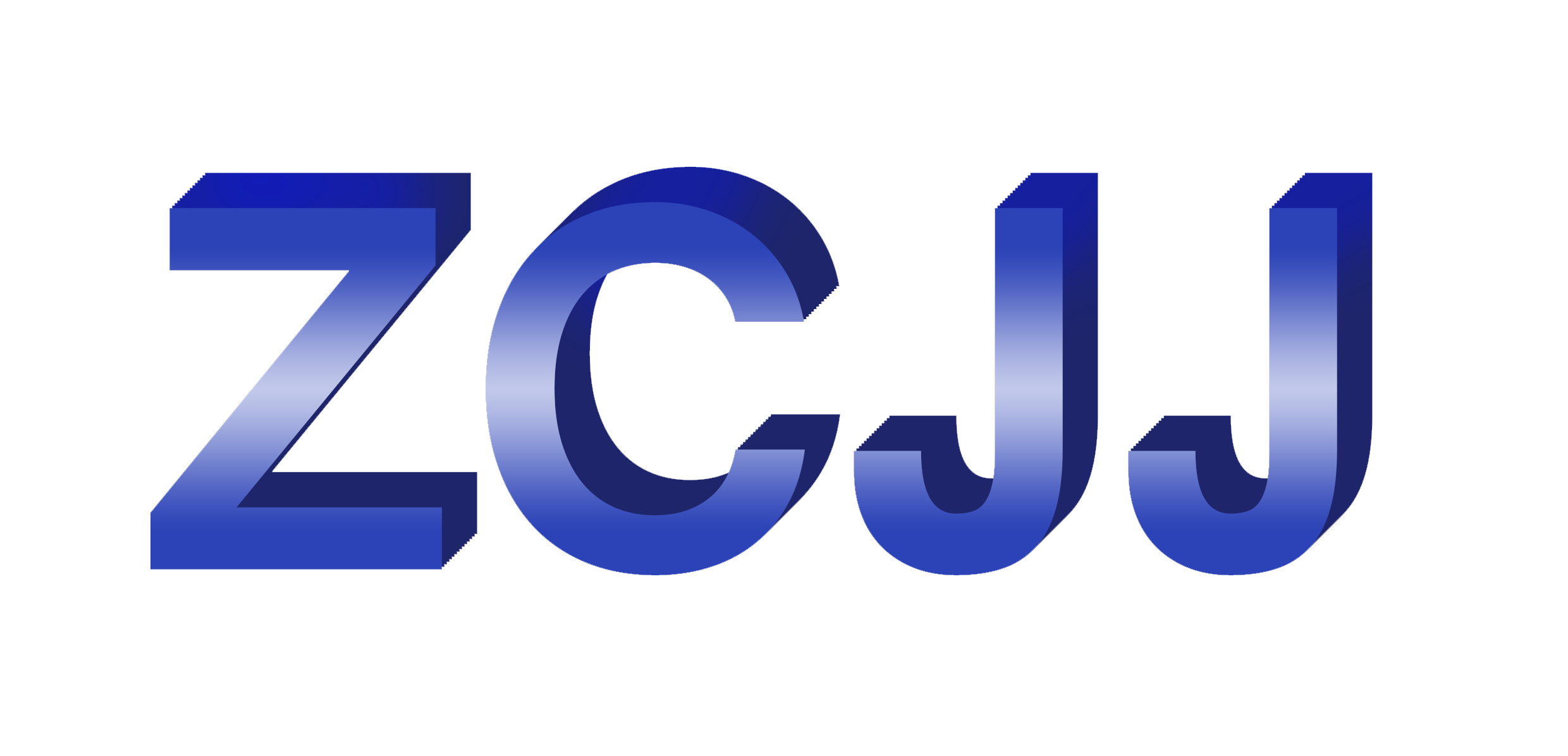132HC Mast Section Cause analysis of tower crane accident, how to prevent and deal with it
1. The causes of tower crane accidents mainly include two aspects: human factor and equipment factor. The human factor is mainly due to the managers or users' psychological reasons such as fluke, convenience and counter reaction. The material factor is mainly because the equipment is not designed, manufactured, installed, repaired and maintained as required, especially not as required Inspection, with "disease" operation, so as to bury potential safety hazards.
The main causes of crane accidents are as follows:
a. Violation of safety operation regulations of tower crane, such as overload or unconfirmed weight of lifted objects, cable-stayed and inclined crane, lifting load lowering, lifting load binding unreliable, hook hook hook unreliable and operator unqualified, etc;
b. Equipment safety protection device fails. Such as lifting height limiter, lifting capacity limiter, moment limiter, hook anti decoupling device, operation limit limiter are not installed or fail, equipment grounding or zero connection is not reliable, leakage protection is not reliable, etc;
C. The inspection and inspection were not carried out as required. If the regular inspection system (pre shift inspection, weekly inspection and monthly inspection, etc.) is not established and implemented, and the equipment is not submitted to the supervision and inspection organization for acceptance inspection and regular inspection as required, resulting in "disease" of the equipment;
d. There is no safety supervisor or warning sign at the time of maintenance. For example, the operation of adjacent equipment is not monitored, and the ground power supply switch is not hung with warning signs, etc;
e. The use and maintenance personnel did not wear protective labor protection articles as required;

f. Tower crane is not installed or disassembled according to the specified procedures;
g. The safe distance between the equipment and lifting objects and the wires in the working environment cannot be ensured during the operation of the truck crane.
2. In view of various causes of crane accidents, the user shall closely cooperate with the manufacturing, installation and maintenance units, as well as the hoisting machinery supervision department, supervision and inspection organization, strengthen management, implement various inspection systems, eliminate potential safety hazards, and minimize the possibility of accidents. The user must at least do the following work:
a. We should strengthen the ideological work of safety, cultivate safety awareness from safety workers to operation, maintenance and inspection personnel, and consciously avoid unsafe behaviors;
b. Strictly implement the safety operation regulations and put an end to illegal operation;
C. Formulate and strictly implement perfect inspection and inspection system;
d. Train and assess operators.
3. Handling of lifting injury accidents
The handling of lifting injury accidents can be generally divided into five stages, i.e. accident site handling, accident details investigation, accident cause analysis and accident handling closure. The unit where the accident is located shall pay attention to:
1) . after a lifting injury accident, the unit must do everything possible to organize the rescue of the injured and state property, take effective measures to stop the spread and expansion of the accident, and carefully protect the scene of the accident. Any object, trace, state, etc. that may be related to the accident shall not be damaged by people. If some objects on the scene need to be moved to rescue the injured, signs must be made , photography and detailed recording.
2) . at the same time of handling the site, the unit shall immediately report the general situation of the accident to the local safety supervision department and relevant competent department by telephone, telegram or other quick methods.
3) . once the causes and responsibilities of the accident are analyzed clearly, they shall be dealt with seriously according to the relevant laws and regulations:
(1) . accidents for which leaders are responsible shall be investigated, including:
a. The rules and regulations and safety operation procedures are not perfect, which makes the staff have no luck to follow;
b. If the safety technical training is not provided to the employees and the employees do not obtain the qualification certificate, they shall be ordered to work;
C. The hoisting equipment is not maintained regularly, has not passed the safety inspection, or is still allowed to be used due to defects;
d. Knowing that the equipment is stopped in unsafe environment without taking protective measures.

(2) . accidents for which the perpetrators or relevant personnel are held responsible, including:
a. Command against rules, operation against rules and dereliction of duty;
b. Failing to report and take emergency measures in case of emergency;
c. Disobey manageme





